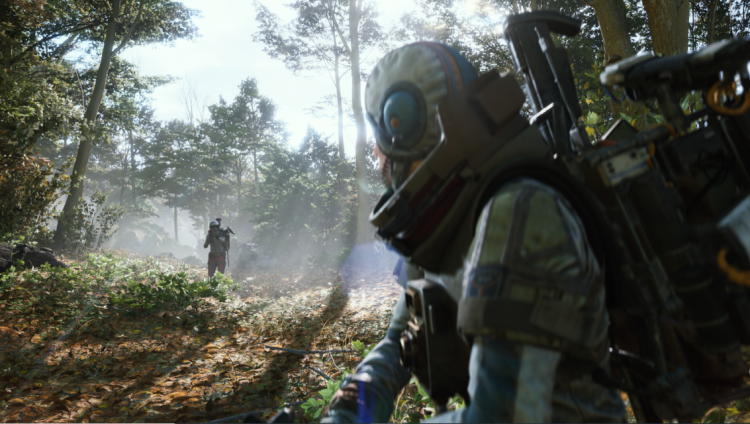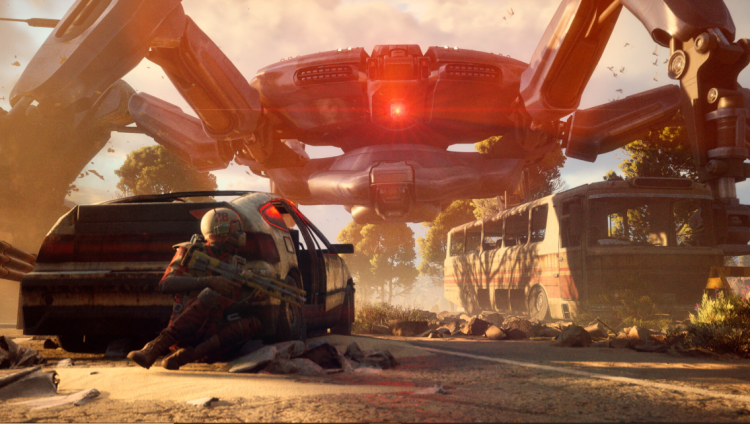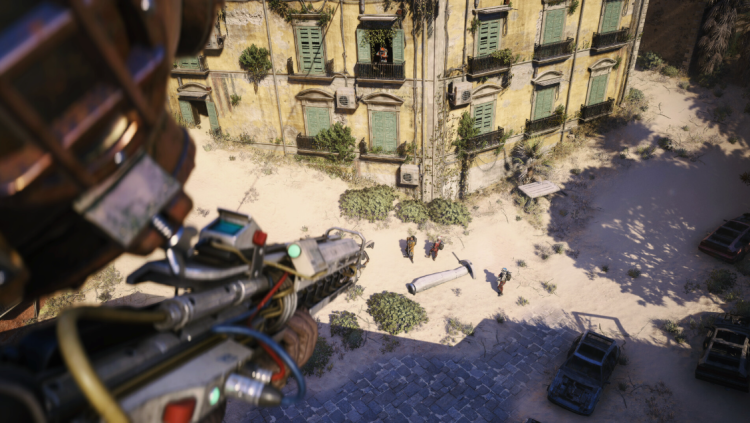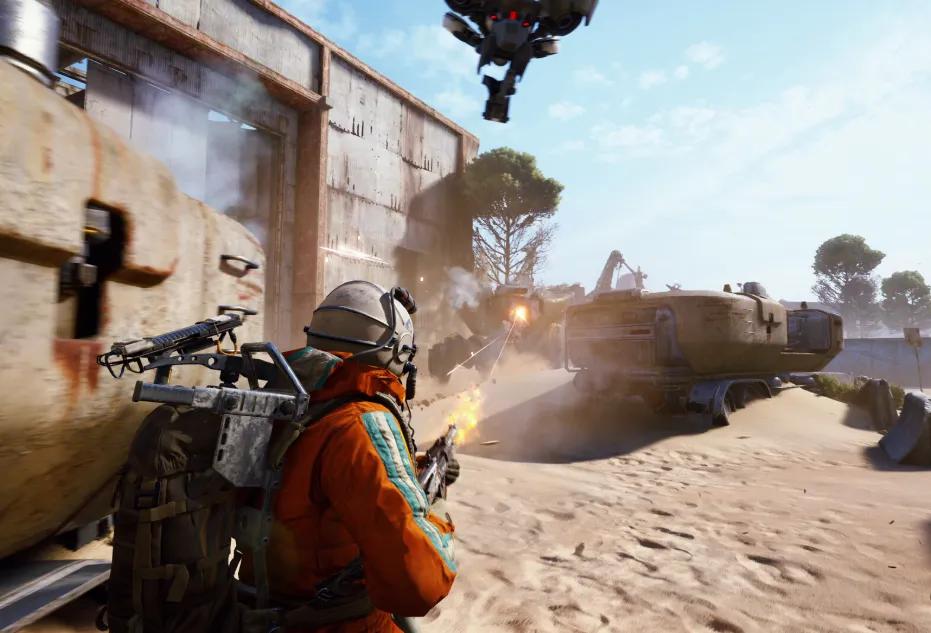Arc Raiders är det mest tillgängliga extraktionsskjutspelet hittills
Extraction shooters have spent years cultivating a reputation for punishing complexity. Escape From Tarkov, the genre’s stern gatekeeper, built its success on precision, tension, and exhaustion—a formula that leaves most players watching from the sidelines. Arc Raiders, developed by Embark Studios, takes that framework and strips it back to its essentials, creating a lighter, faster, and more inviting entry point that still retains the core thrill of risk and reward.
Set on a futuristic Earth reclaimed by machines, Arc Raiders splits its time between the barren landscapes above and the underground city of Speranza, a refuge where players regroup, resupply, and reflect between expeditions. From there, squads venture into open terrain filled with loot, hostile players, and autonomous mechanical sentinels known as Arcs. The result is less about relentless realism and more about rhythm—a loop that encourages bold movement and improvisation instead of paranoia and prolonged micromanagement.
Unlike Tarkov’s hour-long ordeals, Arc Raiders keeps its runs tight. Twenty minutes, maybe thirty if luck and strategy align, is enough to gather valuable items, trade fire with enemies, and extract before the environment turns against you. The shorter structure pushes players toward momentum, not meticulousness. Where Tarkov punishes every misstep with an unforgiving economy, Arc Raiders gives just enough breathing room to fail, regroup, and try again.

This shift in pacing defines the game’s personality. Its world feels wide but not empty, scattered with derelict buildings and points of interest that beckon curiosity. The terrain demands motion—running, sliding, scaling cover—not cautious inching. Even standing still too long can make a player a target. The maps are designed for flow, for the kind of kinetic movement that keeps squads visible but alive, always one ridge or ruin away from safety.
The mechanical opposition reinforces that tempo. Arcs range from nimble Wasps to lumbering Bastions, each variant posing distinct tactical problems. The AI’s pathfinding can surprise players; drones that should lose sight often don’t, following them into structures, flushing them from hiding, or alerting others. Some, like the Snitch, can’t deal damage but call reinforcements if left unchecked. Others, like the Bastion with its minigun, demand coordinated firepower and foresight. The game rewards preparation—arriving with a Hullcracker launcher or Wolfpack grenade can tilt a fight—but punishes overconfidence when rival squads appear at the worst possible moment.

The dual threats of AI and other players intertwine. Gunfire invites both, creating the perpetual risk that every victory exposes a location. A team that wins against drones might lose seconds later to opportunists drawn by the noise. Even simple choices—where to engage, when to retreat—carry weight because the environment never forgets. This tension fuels Arc Raiders’ pacing more effectively than any timer.
Its approach to balance is pragmatic rather than revolutionary. The developers seem to understand that accessibility doesn’t mean ease—it means comprehension. Weapons and gadgets behave predictably. Combat feedback is crisp, legible, and grounded in physics that feel intuitive. A sniper perched on a ridge can dominate a match, but poor positioning or a misread flank can turn control into collapse. In a four-hour session, the most striking realization wasn’t how new the systems felt, but how naturally they meshed into the genre’s vocabulary.

The accessibility extends to its tone. Arc Raiders doesn’t posture as a survival horror experience or an ultra-serious simulation. Its aesthetic, with worn technology and muted futurism, lands somewhere between believability and dream. It’s the Fortnite to Tarkov’s PUBG—still tactical, still lethal, but filtered through playability rather than punishment. That equilibrium could prove decisive in a crowded field where even solid shooters vanish once the grind outweighs the reward.
There’s a risk, though, that the same openness that makes Arc Raiders appealing could be its undoing. Multiplayer shooters tend to find a meta—a dominant strategy that flattens variety—once the community matures. The hope is that Embark can evolve the experience quickly enough to prevent stagnation, keeping its mix of AI and player conflict unpredictable. Longevity in this genre isn’t about novelty alone but about sustaining a living ecology of tactics and encounters.
Still, for now, Arc Raiders lands in a rare sweet spot. It offers the tension of extraction without the exhaustion, the chaos of multiplayer firefights without the steep climb of mastery. It’s a world where every mistake is survivable, every victory is earned, and every run feels complete on its own terms. For a genre that has long equated authenticity with brutality, that balance might be its quietest and most important innovation.


Kommentarer